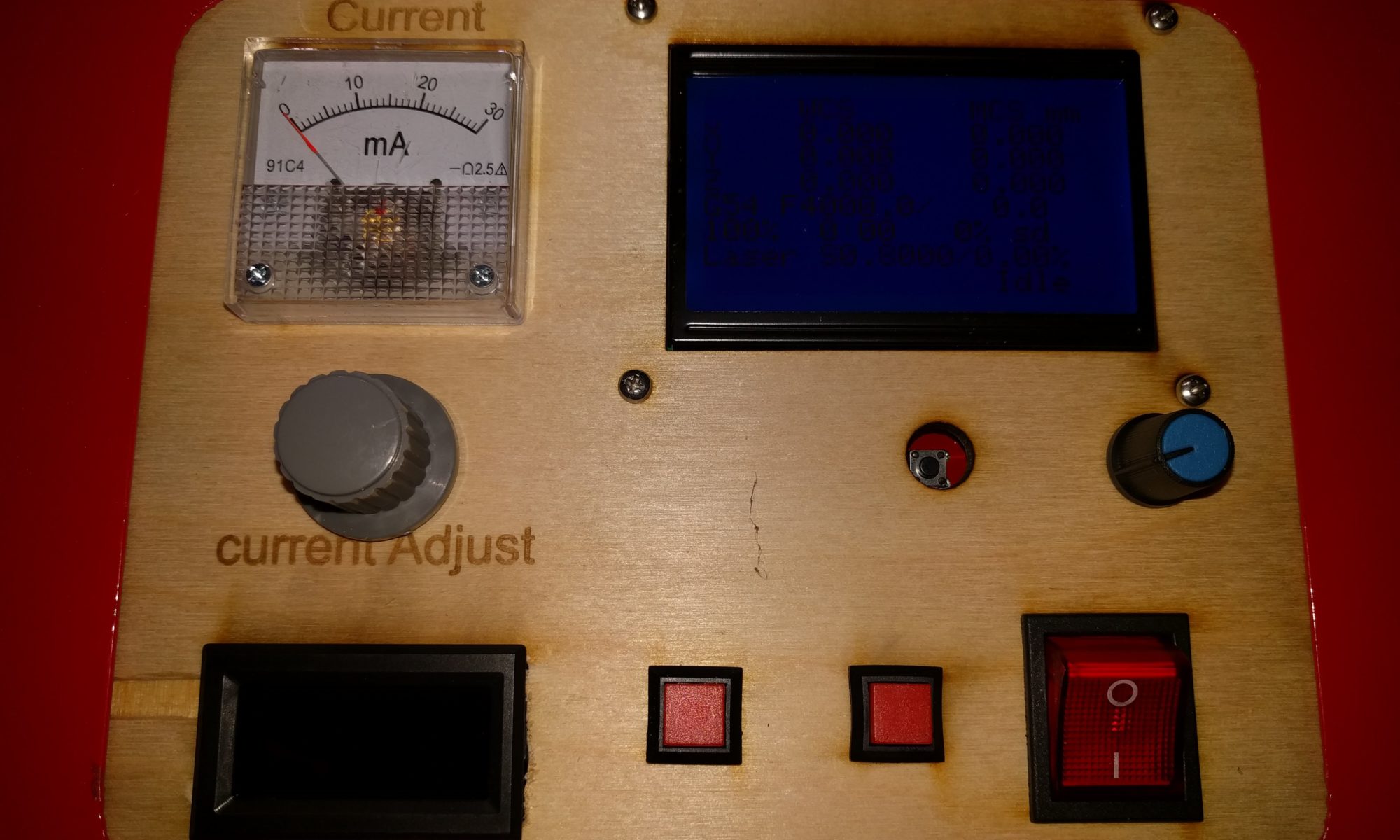Their lots of studies and opinions on the use of Ethanol in gasoline. My opinion is that it sux especially if you let your motorcycle sit due to outside factors. This is even more an issue with a metal gas tank on the motorcycle like my KLR650. Ethanol is hygroscopic and several studies show that no additive can fix this. Therefore if you let ethanol gas sit you are going to have issues as it pulls moisture from the air and sits until phase separation happens. Then the corrosive gel of water and ethanol goes to work. Lots of sources say less than 4 weeks for phase separation so a carbureted bike is even more at risk if you do not drain. DRAIN that tank and float bowl is the only real solution.
For reference. No Additive will help you completely.
The Issue:
High moisture fuel left in the metal tank causes rust and ethanol phase separation causes water ethanol gel to be trapped in the bottom of the tank making it worse. You know right by the petcock that feeds the carb, so It also plays heck with carburetors. Phase separation leaves that nonflammable gel in your float bowl to clog your idle jets too. I have not opened that can of yuk yet.
You can see below the rust collected from inside the tank, about 1/2 inch in the bucket. The funk in the tank before I started. The extra step to remove all the rust that turned white vinegar brown.



The Solution:

I hope this is the solution to my issues. The were several brands of liners but I just went with the amazon reviews. I am impressed so far as kbs-coatings support was very helpful. I did panic and get an extra 8oz of coating, but it was not needed. The KLR650 tank says it is larger that 5 gallons, but I have never gotten more that 5.1 gallons in it. I did as noted above use a extra pass with vinegar to remove all the rust prior to their RustBlast (Phosphoric acid and zinc phosphate pre-primer).
I have not cleaned out the carb yet. but that is a known issue and easy to do. knock knock. Well anytime you let it sit over 4 weeks you will get phase separation so you get good a idle jet cleaning.
The Results:
I got out the bore scope to ensure I got even coverage and that I did not need the second can. The KLR650 tank is an ugly shape inside, so it was hard to see otherwise. Here are some results. Fortunately the tank did not leak or had not rusted through. There are some thick spots in the welded seams that did bubble but look coated in the pit of the bubbles. There are two spots that look like the coverage is not complete along both sides of the saddle hump in the nose of the tank, but I don’t know that I can get the coating there anyhow. The vent pipe got coated too which is nice.





I also let the coating cure an extra long time as I was worried about temperature and humidity. It is TX after all. KBS coatings support was super supportive of my questions about the risk of temperature and humidity on curing times. Please be advised this is not a TX summer project. 55°- 82°F (13°- 28°C) is the recommended temp range for installation and low humidity helps as it is a moisture curing urethane. 6 hours till dry and 5 days to fully cure. I caught a break and got a mid to high 70’s spring morning with < 50% humidity right before a normal TX spring week of hot and rainy. I would have loved lower temps and humidity to get a longer working time, but was too chicken to do it in the house.
I just error-ed on longer to cure post install to be safe. Ok, I got caught up in life you know distracted…..Isn’t that what got me into this mess? Now what to do with two gallons of phase separated E10 gas sludge that I removed from the tank prior to cleaning. Glad it was not the full 5 gallons…:( how long did it sit to evaporate that much and rust that bad?
































